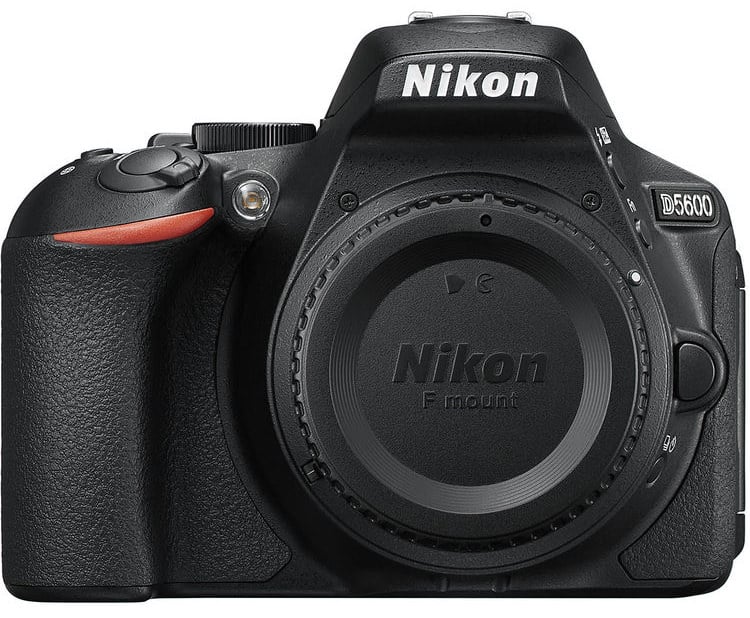إعدادات كاميرا نيكون D5600 الموصى بها
Recommended Nikon D5600 Settings
على الرغم من أن كاميرا Nikon D5600 تحتوي على قائمة أكثر انسيابية من بعض الكاميرات الأخرى في مجموعة Nikon، إلا أنه لا يزال هناك عدد كبير من إعدادات الكاميرا وخياراتها التي تحتاج إلى معرفتها. في هذه المقالة، سأغطي كل ما تحتاج لمعرفته حول إعدادات القائمة لكاميرا Nikon D5600، بما في ذلك توصية محددة لكل إعداد مهم. من المفترض أن يساعدك هذا على تحقيق أقصى استفادة من الكاميرا الجديدة واستخدام كاميرا D5600 بكامل إمكاناتها.

Although the Nikon D5600 has a more streamlined menu than some other cameras in Nikon’s lineup, there are still a huge number of camera settings and options that you need to know about. In this article, I will cover everything you need to know about menu settings for the Nikon D5600, including a specific recommendation for every important setting. This should help you make the most of your new camera and use the D5600 to its full potential.

Recommended Nikon D5600 Settings
على الرغم من أن كاميرا Nikon D5600 تحتوي على قائمة أكثر انسيابية من بعض الكاميرات الأخرى في مجموعة Nikon، إلا أنه لا يزال هناك عدد كبير من إعدادات الكاميرا وخياراتها التي تحتاج إلى معرفتها. في هذه المقالة، سأغطي كل ما تحتاج لمعرفته حول إعدادات القائمة لكاميرا Nikon D5600، بما في ذلك توصية محددة لكل إعداد مهم. من المفترض أن يساعدك هذا على تحقيق أقصى استفادة من الكاميرا الجديدة واستخدام كاميرا D5600 بكامل إمكاناتها.

Although the Nikon D5600 has a more streamlined menu than some other cameras in Nikon’s lineup, there are still a huge number of camera settings and options that you need to know about. In this article, I will cover everything you need to know about menu settings for the Nikon D5600, including a specific recommendation for every important setting. This should help you make the most of your new camera and use the D5600 to its full potential.


تعليق